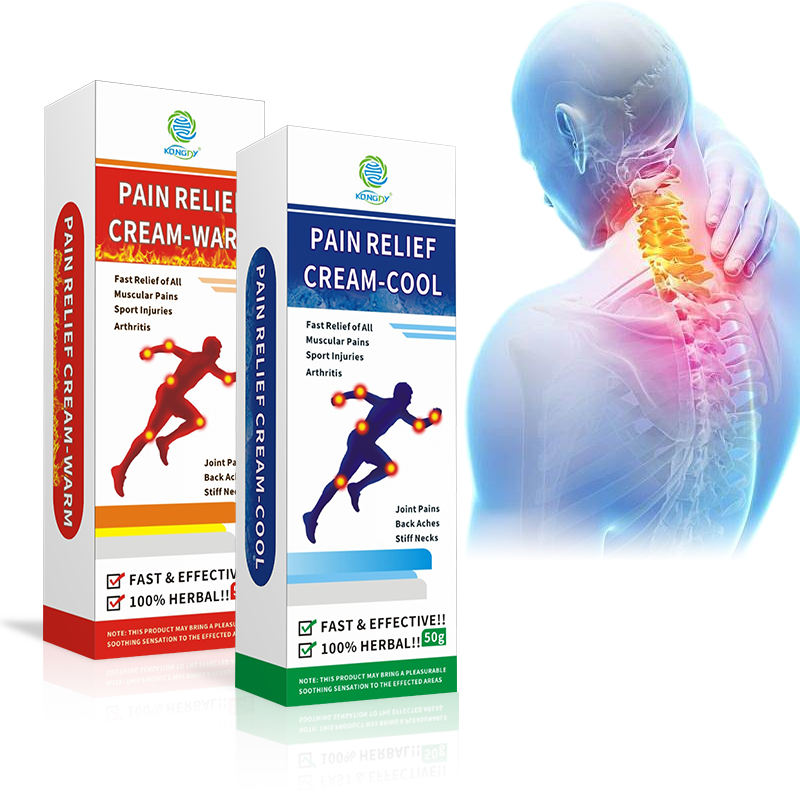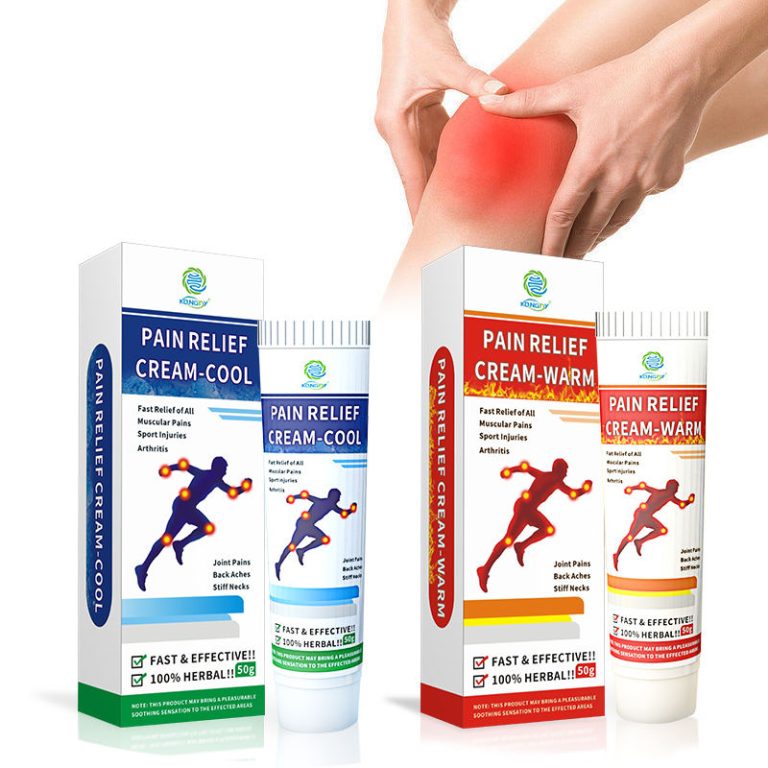Pain cream, also known as topical analgesic, is a popular over-the-counter or prescription treatment designed to alleviate localized pain. These creams are formulated with active ingredients such as menthol, capsaicin, lidocaine, or NSAIDs (nonsteroidal anti-inflammatory drugs) to target discomfort in muscles, joints, and soft tissues.
One of the primary advantages of pain cream is its targeted application. Unlike oral medications, which affect the entire body, topical analgesics work directly on the affected area, minimizing systemic side effects. For instance, capsaicin creams reduce pain by depleting substance P, a neurotransmitter responsible for sending pain signals, while menthol provides a cooling sensation that distracts from discomfort.

Pain creams are commonly used for conditions like arthritis, back pain, sprains, and neuropathy. Patients with osteoarthritis often benefit from NSAID-based creams, which reduce inflammation and pain without gastrointestinal risks associated with oral NSAIDs. Similarly, lidocaine creams are effective for nerve-related pain, offering temporary numbness.
When using pain cream, proper application is crucial. A thin layer should be massaged into clean, dry skin, avoiding open wounds. Possible side effects include mild irritation or redness, but severe reactions are rare. Consulting a healthcare provider ensures the right formulation for specific pain types.
In conclusion, pain cream is a versatile, effective option for localized pain relief, offering convenience and fewer systemic effects than oral medications.






